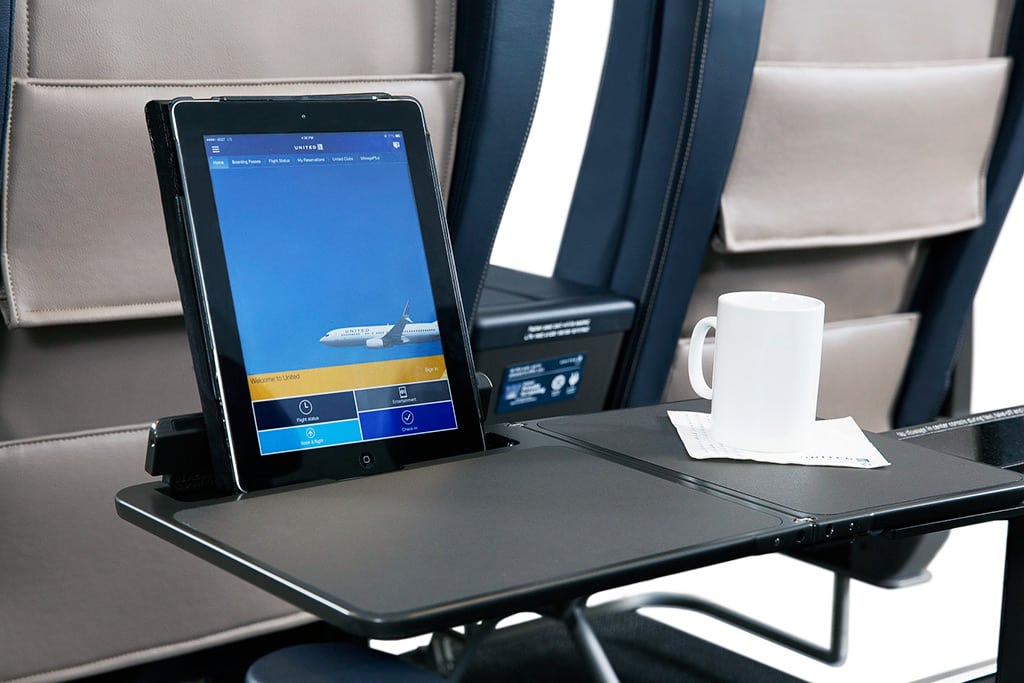Skift Take
Road warriors have long suspected a systematic Wi-Fi problem on many United planes, but the airline has said little about it. Now, we know more about this issue. The good news? It will be fixed soon, according to United.
United Airlines is promising to improve its onboard Wi-Fi — a constant source of customer frustration — with a relatively small investment that should make service on many aircraft more reliable.
The technological changes, outlined in a note from United COO Greg Hart and later published on United’s website, affect systems from Wi-Fi provider Panasonic, which handles connectivity on United’s longer-range aircraft, along with Airbus 319s and A320s flying in North America. United also uses technology from Gogo and ViaSat for many aircraft, but those platforms have not had the same glitches and are not part of the technology tweak.
The solutions detailed by Hart should improve the quality of United’s Wi-Fi and the strength of its streaming video product. On many planes, including some that do not have in-seat screens, United lets passengers use their own phones, tablets and laptops to stream movies and television shows provided by the airline.
In recent months, United, aware its Panasonic systems were not working properly, began contacting customers who could not connect. On a September flight, United offered a business class passenger a $175 travel credit when the Internet on a Boeing 777 did not work. It also offered frequent flyer miles.
“We still boast the largest number of satellite Wi-Fi-enabled aircraft worldwide,” Hart said. “But we recognize that our Panasonic Wi-Fi and streaming product hasn’t been reliable.”
United said it is improving the quality of its wireless access points. Hart said United had already upgraded the 19 Boeing 777-200s that fly domestic routes, boosting capacity by 130 percent per flight. On those planes, he said, United has seen a 38 percent increase in Wi-Fi purchases, and a 13 percent increase in Wi-Fi customer satisfaction.
Hart said the airline will finish improvements on Airbus planes by February, with the remainder of the Panasonic-equipped fleet finished by May. That includes United’s flagship, the Boeing 777-300ER, which entered the fleet late last year with the airline’s new business class seats, but has had problems with its Wi-Fi system.
Hart said United is also adding new broadband controllers, or units that connect each aircraft with the satellite network. He said doing so “will largely solve the outage issues we experience on our Panasonic fleets.” In addition, he said, it will significantly increase throughput and permit faster connection speeds.
When United committed to using Panasonic in 2011, in-flight Wi-Fi was a relatively new phenomenon, and many passengers still preferred flying without it. But over the past six years, consumer sentiment has changed, and more passengers do not want to lose touch with the ground.
“For a lot of our customers — business and leisure alike — the ability to connect online while in flight is a priority when choosing an airline,” Hart said. “And as we compete for these customers, offering them a reliable onboard Wi-Fi experience is critical.”
The Daily Newsletter
Our daily coverage of the global travel industry. Written by editors and analysts from across Skift’s brands.
Have a confidential tip for Skift? Get in touch
Tags: airline innovation, panasonic, passenger experience, united airlines, wi-fi
Photo credit: United Airlines is hoping to boost reliability and speeds on the Wi-Fi it uses for many of its planes. United Airlines
